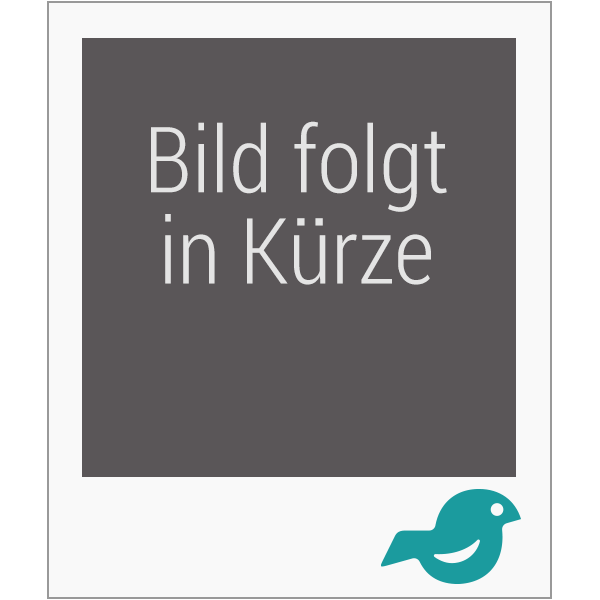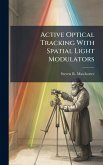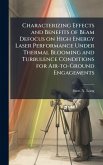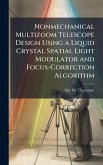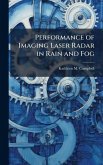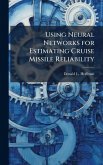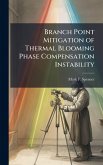Airborne Laser testing and evaluation can be aided by developing a spectrally-based infrared camera simulation to explore how the target surface's specular and diffuse reflectivities affect the observed signal-to-noise ratio (SNR)and how the target's temperature in the laserspot can estimated. This simulation provides for the observed irradiance, scaled by atmospheric absorption, to consist of the target's self-emission, reflected background emission, and the path emission from the observer to the target. The observed irradiance isscaled and distributed onto a focal plane array by way of a simulated optical system, whose effectsare described by modulation transfer functions. The modeled detector response converts the observed irradiance to a current signal from which detector noise quantities are computed. Analyzing the simulated data shows that the observed SNR is dependent upon the target's reflectivity, and leads to a conclusion that the mid-wave infrared band is best choice for observing the thermal emission. For estimating temperature, a least-squares optimization will not work because of the effects of the point spread function. This work has been selected by scholars as being culturally important, and is part of the knowledge base of civilization as we know it. This work was reproduced from the original artifact, and remains as true to the original work as possible. Therefore, you will see the original copyright references, library stamps (as most of these works have been housed in our most important libraries around the world), and other notations in the work. This work is in the public domain in the United States of America, and possibly other nations. Within the United States, you may freely copy and distribute this work, as no entity (individual or corporate) has a copyright on the body of the work. As a reproduction of a historical artifact, this work may contain missing or blurred pages, poor pictures, errant marks, etc. Scholars believe, and we concur, that this work is important enough to be preserved, reproduced, and made generally available to the public. We appreciate your support of the preservation process, and thank you for being an important part of keeping this knowledge alive and relevant.
Bitte wählen Sie Ihr Anliegen aus.
Rechnungen
Retourenschein anfordern
Bestellstatus
Storno

